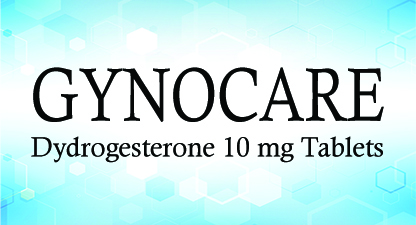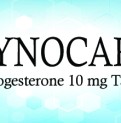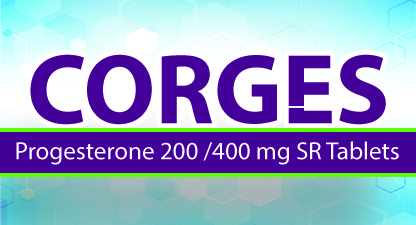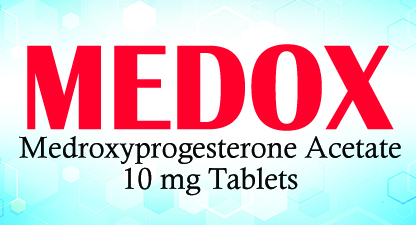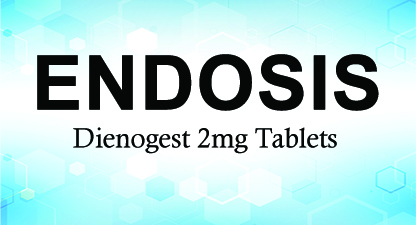GYNOCARE
GENERIC NAME: Dydrogesterone
THERAPEUTIC CATEGORY: Hormone
PHARMACOLOGIC CLASS: Progestogen
COMPOSITION: Each film-coated tablet contains Dydrogesterone 10 mg
PREGNANCY AND LACTATION: Not recommended
MECHANISM OF ACTION:
Dydrogesterone contains progestin (female hormone) that plays a major role in regulating the menstrual cycles in females. It initiates the normal, regular growth as well as shedding of the womb lining. This helps induce regular periods in women who have menstrual irregularities due to lack of progesterone. Moreover, it relieves painful or absent periods, facilitates egg implantation and thus, treats infertility. Dydrogesterone operates through its progesterone-like effects, facilitating endometrial preparation for implantation, regulating the menstrual cycle, and maintaining pregnancy. Its specific action on progesterone receptors distinguishes it from other synthetic progestogens, making it valuable in various gynecological therapies.
INDICATIONS:
Dydrogesterone is indicated for the
- Conditions associated with progesterone insufficiency: dysmenorrhoea, endometriosis, infertility, irregular menstrual cycles and pre-menstrual syndrome.
- In combination with estrogen in the management of dysfunctional bleeding, secondary amenorrhoea, hormone replacement therapy.
CONTRAINDICATIONS:
- Hypersensitivity to the active substance or to any of the excipients.
- Known or suspected progestogen dependent neoplasms (e.g. meningioma).
- Use in patients with undiagnosed irregular vaginal bleeding
- Contraindications for the use of estrogens should be taken into account when used in combination with dydrogesterone.
DOSAGE:
Dysfunctional uterine bleeding: 10 mg twice a day for 5 to 7 days. For continuous treatment, 10 mg b.d. from day 11 to day 25 of the cycle.
Pre-menstrual syndrome: 10 mg b.d. from day 12 to 26 of the cycle. The dosage may be increased if necessary.
Endometriosis: 10 mg two to three times daily from day 5 to 25 of the cycle, or continuously.
Dysmenorrhoea: 10 mg b.d. from day 5 to 25 of the cycle.
Irregular cycles: 10 mg b.d. from day 11 to 25 of the cycle.
Hormone replacement therapy: The standard dose is 10 mg daily for the last 14 days of each 28-day estrogen treatment cycle. The dose may be increased to 10 mg twice daily if either early withdrawal bleeding occurs, or if endometrial biopsy reveals inadequate progestational response. For initiation and continuation of treatment of postmenopausal symptoms, the lowest effective dose for the shortest duration should be used.
Secondary amenorrhoea: 10 mg b.d. from day 11 to 25
ADVERSE EFFECTS:
Migraines/headache, nausea, menstrual disorders and breast pain/tenderness.

